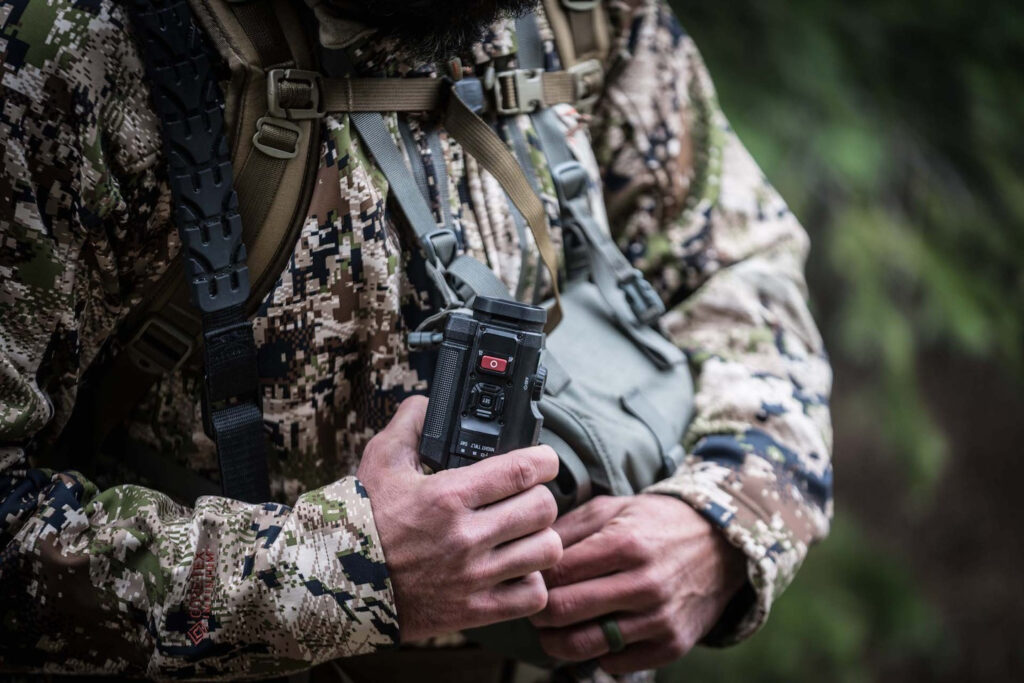See Clearly On The Road: Thermal Cameras For Your Car!

Driving at night or in adverse weather conditions can be a challenging experience, even for the most seasoned drivers. Reduced visibility due to fog, heavy rain, or pitch darkness can make it difficult to identify obstacles, pedestrians, or animals on the road. Traditional headlights can only illuminate so much, and often the range is limited. Enter thermal camera for cars — a ground-breaking technology that offers a solution to these visibility challenges, ensuring safer driving conditions.
What Are Thermal Cameras?
Thermal camera, also known as infrared cameras, don’t rely on visible light to produce images. Instead, they detect heat signatures emitted by objects. Everything, whether living or non-living, emits infrared radiation when it has a temperature above absolute zero. Thermal camera capture this radiation and translate it into a visual image, with warmer objects appearing brighter and cooler objects appearing darker.
Benefits of Thermal Cameras in Cars
- Enhanced Night Vision:
Unlike conventional cameras, thermal camera don’t need light to function. This means that even in complete darkness, drivers can see the road ahead, making nighttime driving much safer.
- Detection Beyond Headlights:
Thermal cameras can detect heat signatures beyond the range of traditional headlights. This extended range provides drivers with more reaction time, especially at high speeds.
- Spotting Living Beings:
Animals and humans emit heat, making them easily detectable by thermal cameras. This can be particularly useful in rural areas where wildlife crossings are common or in urban settings to spot pedestrians in poorly lit areas.
- Adverse Weather Performance:
Heavy rain, fog, and snow can drastically reduce visibility. Since thermal cameras rely on heat signatures, they remain effective in these conditions, giving drivers a clearer picture of the road ahead.
How Do They Work in Cars?
Most modern cars equipped with thermal camera integrate them into the vehicle’s advanced driver assistance systems (ADAS). The camera is usually mounted at the front of the car, often near the grille. The captured thermal images are then displayed on the car’s infotainment screen or a dedicated display for the driver. Some systems also incorporate audio or visual alerts to warn drivers of potential obstacles or hazards ahead.
The Future of Thermal Camera in the Automotive Industry
As the automotive industry leans more towards automation and self-driving technology, the role of thermal camera is expected to grow. Autonomous vehicles require a plethora of sensors and cameras to navigate safely, and thermal camera for car can provide an added layer of safety, especially in challenging visibility conditions.
Moreover, as the technology becomes more mainstream, the cost of integrating thermal camera into vehicles is expected to decrease, making it accessible to a larger segment of car buyers.





